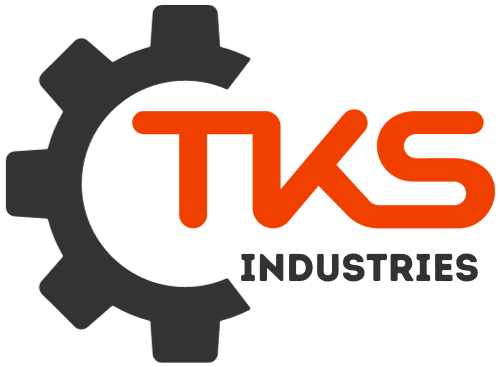[ad_1]
The Ultimate Guide to Used Molding Machines
Are you in the market for a used molding machine? Whether you’re a seasoned professional or a newcomer to the industry, finding the right machine can be a daunting task. With so many options available, it’s easy to get overwhelmed. That’s why we’ve put together this ultimate guide to help you navigate the world of used molding machines and make an informed decision.
What is a Molding Machine?
Before we dive into the world of used molding machines, let’s start with the basics. A molding machine is a type of machinery used to create thermoplastic or thermoset materials into the desired shape or form. There are several types of molding machines, including:
- Injection Molding Machines: These machines inject molten plastic into a mold to create a specific shape or design.
- Compression Molding Machines: These machines use pressure to compress and shape thermoplastic or thermoset materials.
- Extrusion Molding Machines: These machines use a continuous length of material to create different shapes and sizes.
Why Buy a Used Molding Machine?
While new molding machines are available, buying used can be a cost-effective way to get started or upgrade your current equipment. Here are some benefits to consider:
- Cost Savings: Used machines are often significantly cheaper than buying new, making it a more affordable option for individuals or businesses on a budget.
- Environmentally Friendly: Buying used machines reduces waste and supports sustainability by giving new life to existing equipment.
- Less Maintenance: Used machines are often already broken in, requiring less maintenance and upkeep compared to new machines.
How to Choose the Right Used Molding Machine
When shopping for a used molding machine, consider the following factors:
- Type: Determine the type of machine you need, taking into account the size, shape, and material you want to work with.
- Condition: Inspect the machine’s condition, including any signs of wear and tear, and assess the overall quality of the machine.
- Brand and Model: Research the manufacturer and model to ensure it’s reputable and well-maintained.
- Warranty: Check if the machine still carries a warranty or if the manufacturer offers any support or maintenance.
- Price: Set a budget and stick to it, considering factors like the machine’s age, condition, and price range.
- Servicing and Maintenance: Consider the machine’s servicing and maintenance requirements, including any necessary repairs or overhauls.
- Certifications: Look for any relevant certifications, such as ISO or CE markings, to ensure compliance with industry standards.
Popular Brands to Consider
Some popular brands in the molding machine market include:
- Engel
- Hazet
- K bigintec
- KUKA
- Malimo
- Negri Bossi
- Stoelting
- spe Slayer
Where to Buy Used Molding Machines
When searching for a used molding machine, consider the following options:
- Auction Houses: Companies like Ritchie Bros. and Caterpillar Auctions offer a wide range of used machinery, including molding machines.
- Specialized Machinery Dealers: Look for dealers that specialize in molding machines, such as machine shops or injection molding machine suppliers.
- Online Marketplaces: Websites like Craigslist, eBay, and Facebook Marketplace may offer used molding machines, but be cautious of potential scams and ensure proper inspections before making a purchase.
- Manufacturer’s Conditions: Check with manufacturers themselves, as they sometimes offer certified used machines or trade-in programs.
- Industry Associations: Join online forums, social media groups, or industry associations to connect with professionals in the field and find leads on used molding machines.
Inspecting and Testing Used Molding Machines
Before purchasing a used molding machine, perform a thorough inspection and test it to ensure it’s in good working condition. Inspect for:
- Signs of Wear and Tear: Check for any signs of damage, rust, or corrosion.
- Functionality: Ensure the machine is functioning properly, including hydraulic systems, electrical components, and mechanical parts.
- Maintenance Records: Review maintenance records to ensure regular servicing and upkeep.
- Performance: Test the machine’s performance, including speed, accuracy, and quality of production.
Conclusion
Buying a used molding machine can be a great way to save money, reduce waste, and support sustainability. By following this ultimate guide, you’ll be well-equipped to navigate the market and find the right machine for your needs. Remember to research, inspect, and test before making a purchase, and don’t be afraid to reach out to professionals in the field for guidance. Happy shopping!
[ad_2]
